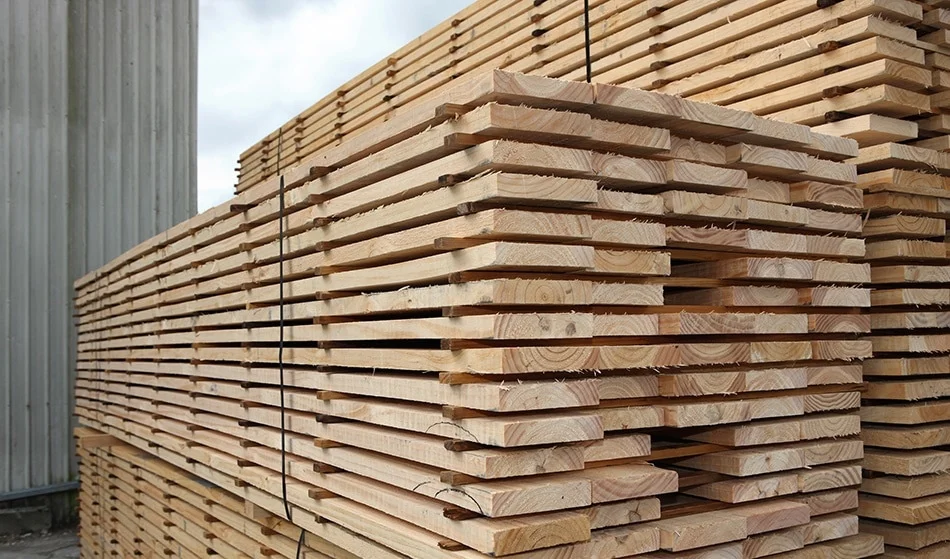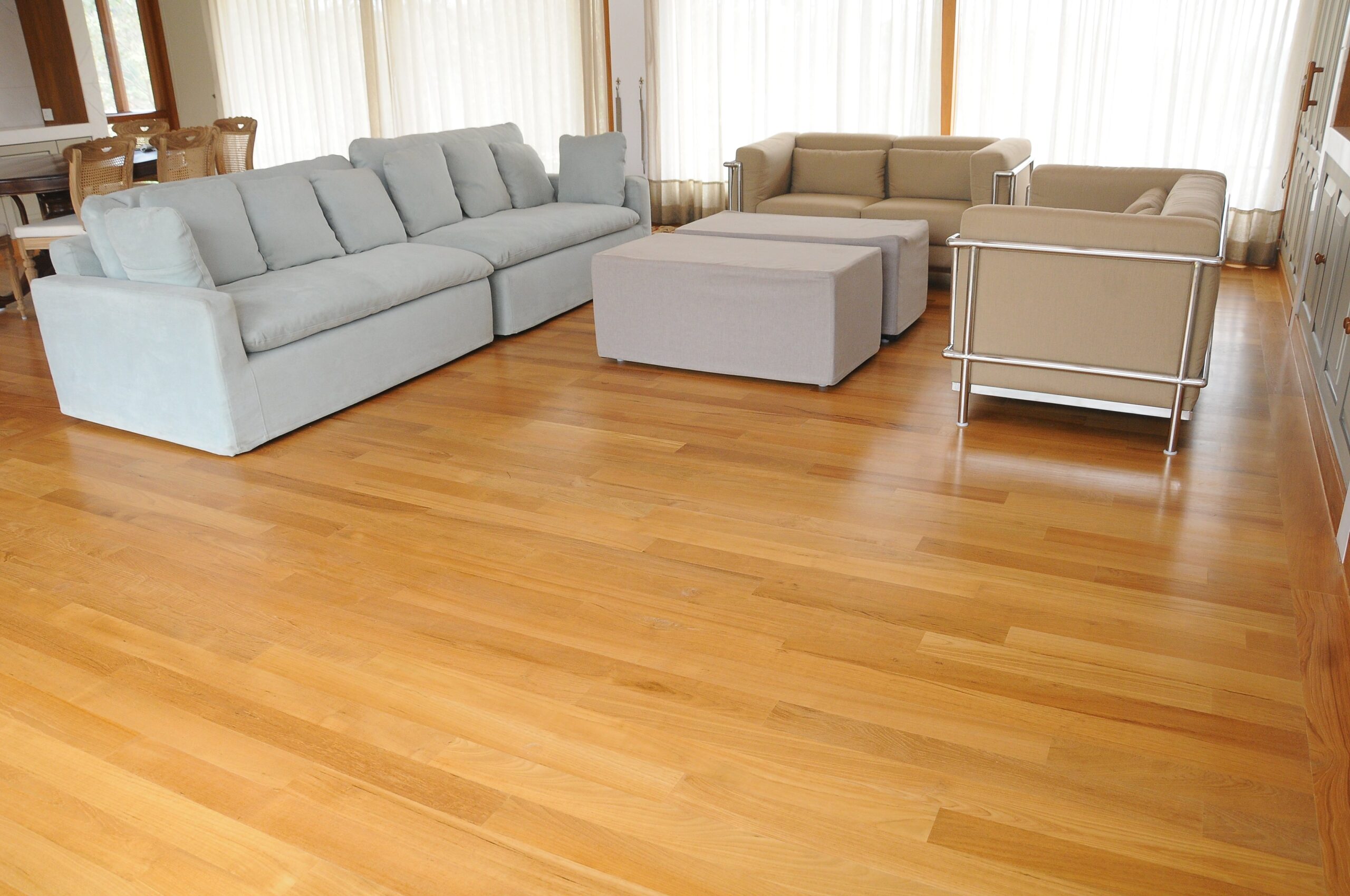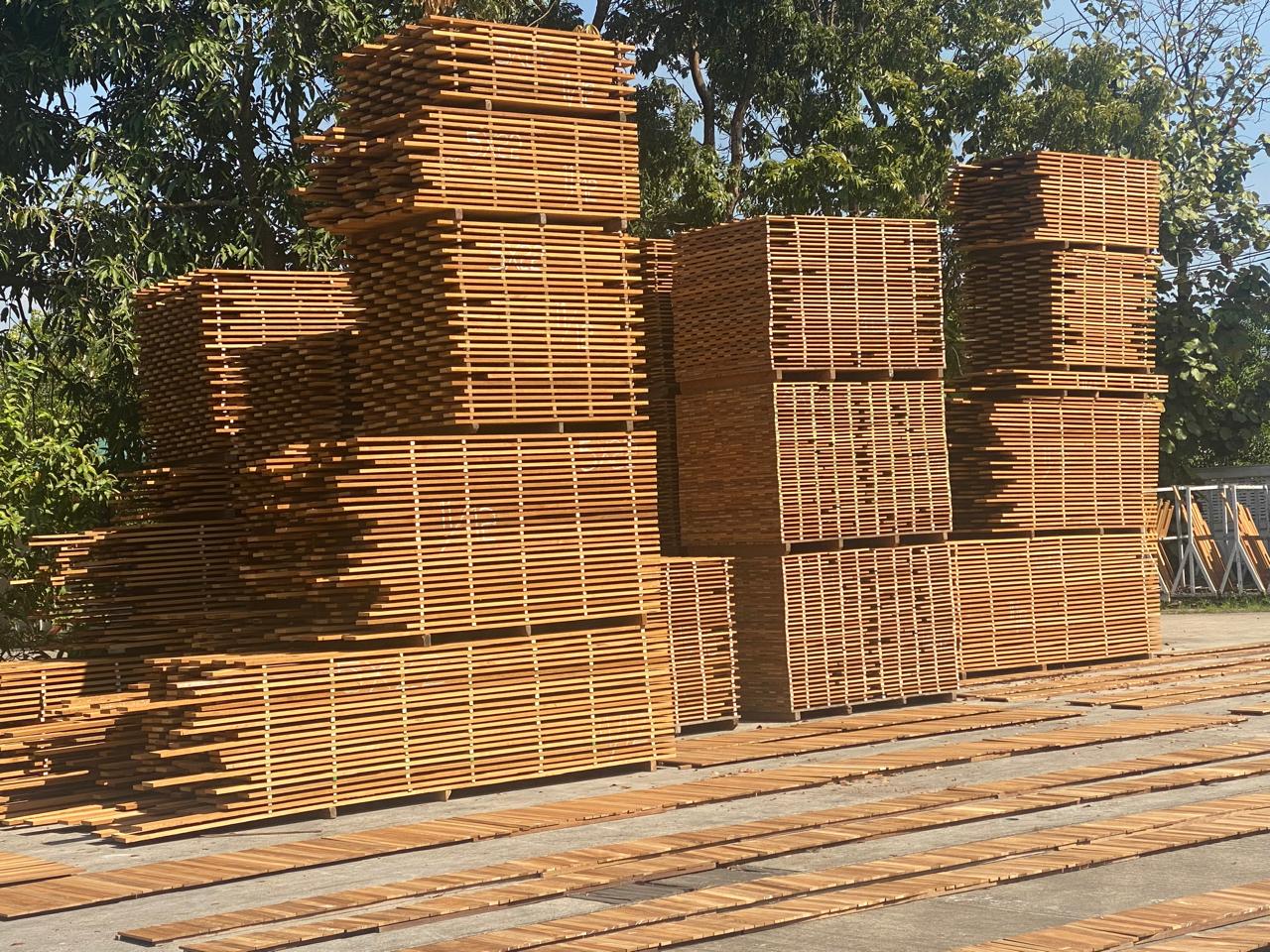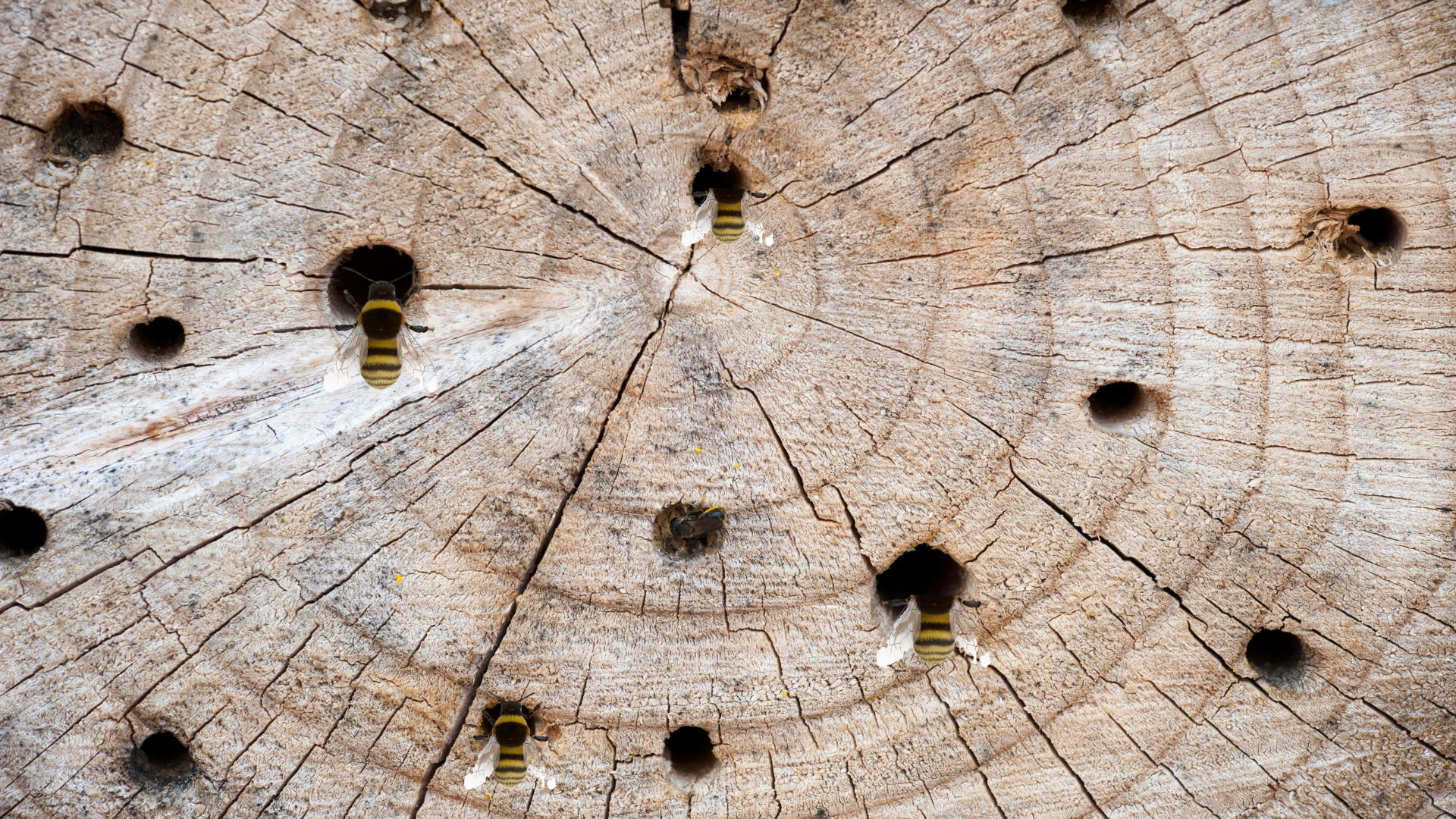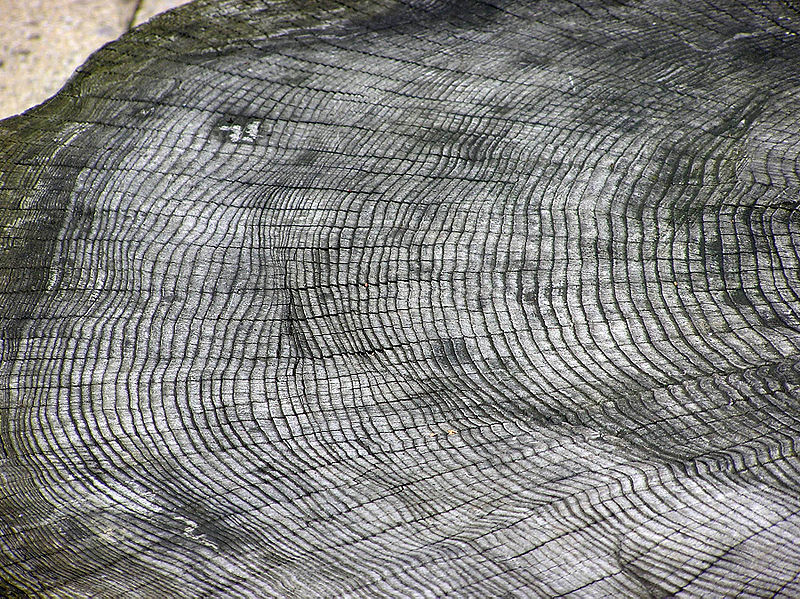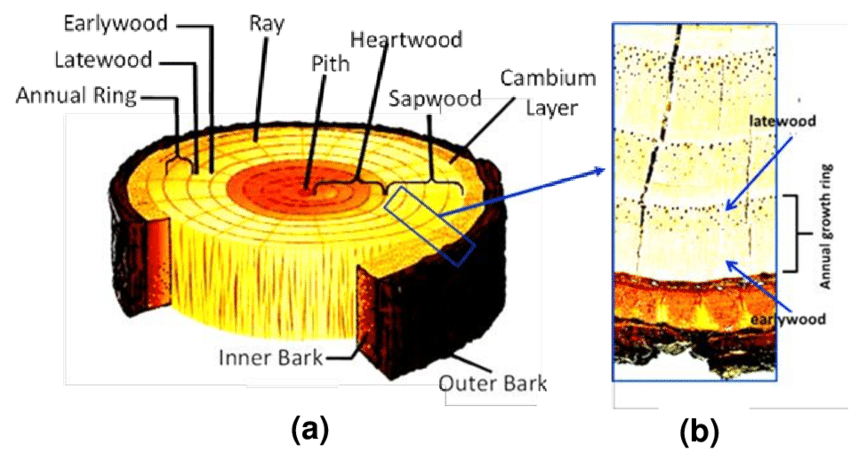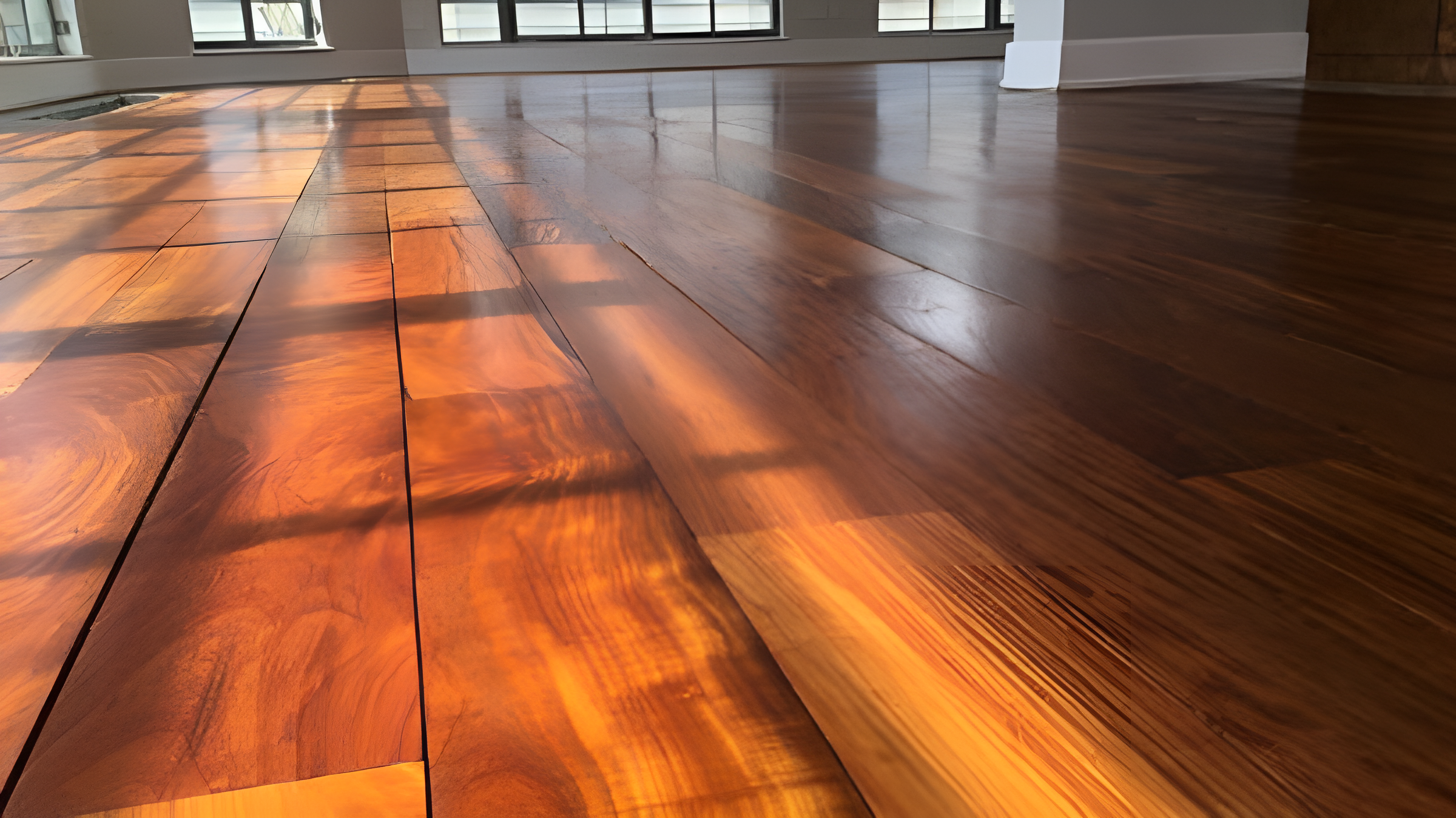The Importance of Wood Seasoning
Wood seasoning is a critical process that involves removing moisture from freshly cut wood. This process is essential for ensuring the durability, stability, and overall quality of wood products.
Understanding Wood Seasoning
When wood is freshly cut from a tree, it contains a significant amount of moisture. If this moisture is not removed, it can lead to various problems, such as warping, cracking, shrinkage and decay. Seasoning involves exposing the wood to controlled conditions to facilitate moisture evaporation.
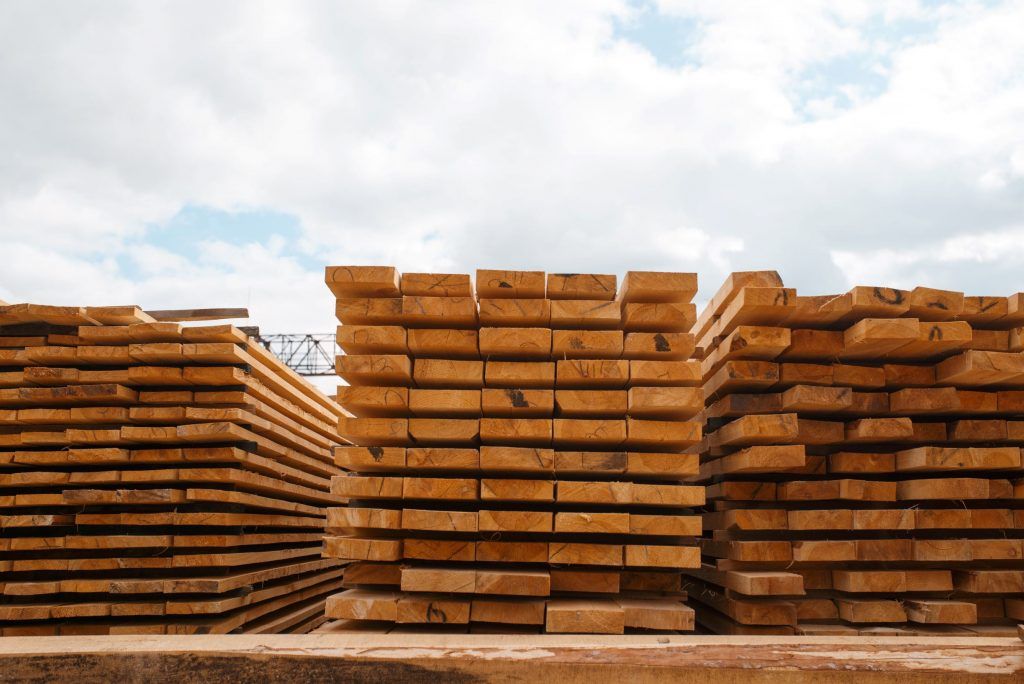
Types of Wood Seasoning
There are two primary methods of seasoning wood:
Air Drying: This traditional method involves exposing the wood to natural air currents and sunlight. It’s a slower process but allows for more control over the drying rate.
Kiln Drying: This method uses a kiln to accelerate the drying process by controlling temperature and humidity. It’s faster but requires more technical expertise.
Air Drying: This traditional method involves exposing the wood to natural air currents and sunlight. It’s a slower process but allows for more control over the drying rate.
Kiln Drying: This method uses a kiln to accelerate the drying process by controlling temperature and humidity. It’s faster but requires more technical expertise.
Measuring Moisture Content
The moisture content of wood is measured using a moisture meter. This device measures the electrical resistance of the wood, which correlates to its moisture content. When the wood is seasoned, the target generally is to bring down the moisture content to the atmospheric level which is anywhere between 12 to 18%.

Consequences of Not Seasoning Wood
If wood is not properly seasoned, it can lead to several problems:
Warping: The wood may bend or twist out of shape.
Cracking: The wood may develop cracks or splits.
Shrinkage : When the moisture escapes the wood, few timber species shrink in size.
Decay: Moisture can promote the growth of mold, fungi, and other microorganisms, leading to decay.
Warping: The wood may bend or twist out of shape.
Cracking: The wood may develop cracks or splits.
Shrinkage : When the moisture escapes the wood, few timber species shrink in size.
Decay: Moisture can promote the growth of mold, fungi, and other microorganisms, leading to decay.
The Benefits of Properly Seasoned Wood
Properly seasoned wood offers several advantages:
Durability: Seasoned wood is more resistant to warping, cracking, and decay.
Stability: It is less likely to shrink or swell with changes in humidity.
Aesthetics: Seasoned wood often has a more attractive appearance and finish.
Longevity: Properly seasoned wood can last for many years.
By understanding the importance of wood seasoning and the different methods involved, you can ensure that the wood products you use are of the highest quality and will stand the test of time.
Durability: Seasoned wood is more resistant to warping, cracking, and decay.
Stability: It is less likely to shrink or swell with changes in humidity.
Aesthetics: Seasoned wood often has a more attractive appearance and finish.
Longevity: Properly seasoned wood can last for many years.
By understanding the importance of wood seasoning and the different methods involved, you can ensure that the wood products you use are of the highest quality and will stand the test of time.
